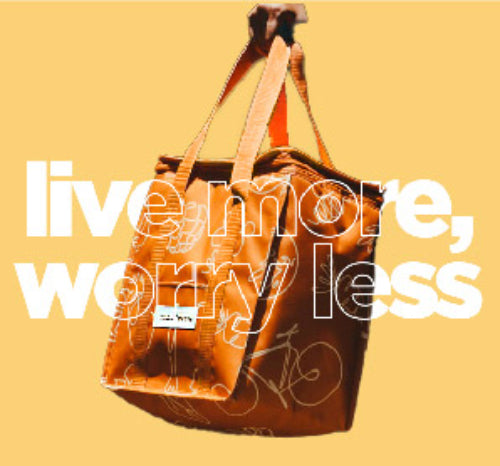more than food
Salt vs. Sodium and Other Sneaky Food Facts
It happens a lot – we start to use words interchangeably that mean close to the same thing and forget the underlying distinction between the two. Or maybe never knew it in the first place! That’s definitely the case with salt and sodium, which brought to mind some other “what’s the difference between…” questions in the food world. So here’s the short list with a few helpful tidbits to impress dinner companions!
Salt and sodium
Break out your chemistry hat (or hood)! Remember how some minerals have a positive charge and others a negative? “Salts” are ionic compounds bonded by sharing electrons and will usually dissolve in water. Most people are familiar with sodium chloride (NaCl) - that’s the stuff that makes up your table salt. Sodium chloride is composed of one sodium atom (positively charged) and one chloride atom (negatively charged), hence the name. But it isn’t the only salt out there.
There are many combinations of positive and negatively charged minerals that bond to form a neutral compound – they’re just not always edible. For example, sodium bisulfate is used to reduce pH in swimming pools, calcium chloride is used to de-ice roads, and ammonium nitrate is used in explosives and agricultural fertilizers. So, when you’re hearing about cutting back on salt for heart health, it’s only related to the sodium chloride kind. Sodium is actually naturally occurring in foods (like beets and celery), but not to a degree that can negatively affect our health.
Despite salt’s bad reputation, both sodium and chloride have important roles in the body. They’re electrolytes, which means they use their positive and negative charges to facilitate the electrical reactions of our nervous systems – including voluntary movement (like waving your hand) and involuntary movement (like your heart beating or digestive muscles contracting). You can see why that’s pretty critical – too little salt, and it’s a medical emergency. Too much, however, and it’s filtered out by the kidneys, which can wear out with years of heavy use, leading to poor control of blood pressure. Another outlet for sodium is your skin – which is just another reason exercise is good for you (and also why you need electrolytes during intense exercise!)

Cholesterol and fat
Cholesterol tends to get lumped into the “fats” category – they’re both lipids, but cholesterol can’t be used for energy, which means it contains no calories. Cholesterol is ONLY found in animal products (it’s made in our livers), and is used for transport, cell repair, and as the basis for bile, sex hormones, and vitamin D, a process that’s activated by UV light on our skin. Fat, on the other hand, does contain calories (about 9 per gram). We don’t have to consume cholesterol (remember, it’s made in our livers), but we do have to consume fat from healthy sources.
Dietary fiber and muscle fiber
Dietary fiber is the opposite of cholesterol – it’s solely found in plants. Dietary fiber consists of several classes of undigestible carbohydrate, while muscle fibers are made up of proteins (fully digestible). Confusingly, the word “fiber” here is more to do with how their structures look at a microscopic level – as far as I can tell, both use the word for its definition of “threadlike.”

Food allergy and food sensitivities
Both cause a reaction and make you feel bad, but the main difference is which pathway is activated and how. In allergies, the proteins on foods are identified – wrongly – as pathogens (cellular bad guys), which cause one of your antibodies, IgE, to initiate the release of histamine. This happens very quickly - within minutes or an hour of exposure - and are the most dangerous and best understood reactions (hence their categorization as a “Type 1” reaction).
With food sensitivities, several other antibodies (IgG, IgA, and IgM) are activated and initiate one of many series of pathways that all have the end results of causing some sort of lower-level inflammatory response. These reactions can take longer - hours to even days after ingestion of an offending food - and include responses that ultimately cause IBS, migraine, chronic pain, joint issues, and skin problems. (If you have any of the latter, we should talk!)
Ever wonder “what’s the difference…” about something food related? If I didn’t include it here, ask the team at V+B and I’ll update this post with your question and an answer! Ultimately, I believe that the more you know and understand about your food, the more you’ll appreciate it and the better choices you’ll make. Get curious!
Sarah Waybright MS, RD is the owner and founder of WhyFoodWorks and the team dietitian for Vegetable and Butcher. WhyFoodWorks does nutrition education through food in Washington, DC in corporate seminars. Vegetable and Butcher is a subscription-based service that delivers chef designed, dietitian approved, thoughtful prepared meals to health-conscious people in Washington, DC. You can find Sarah on Twitter, Facebook, Pinterest or Instagram to get food and nutrition tips - and of course, healthy recipes.










